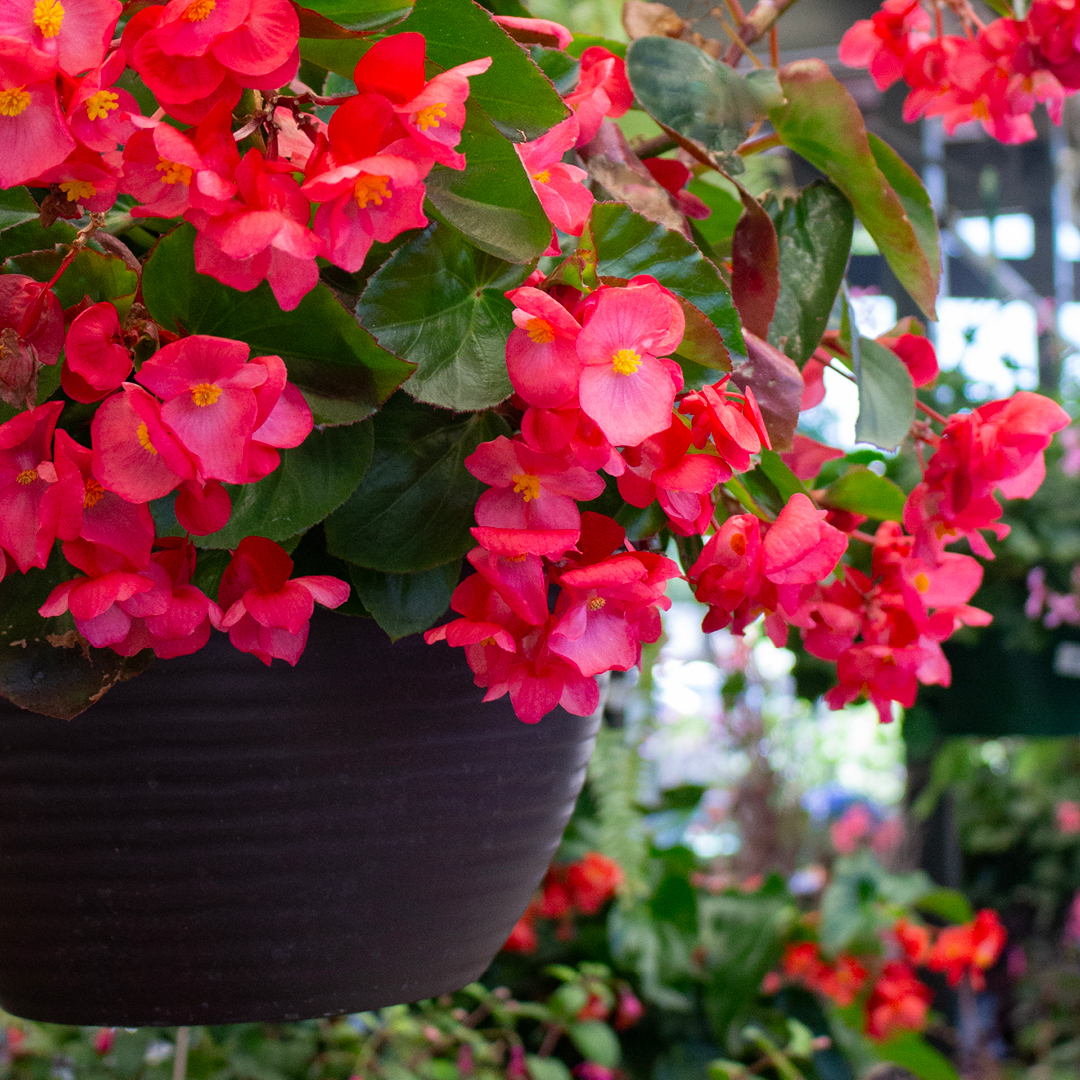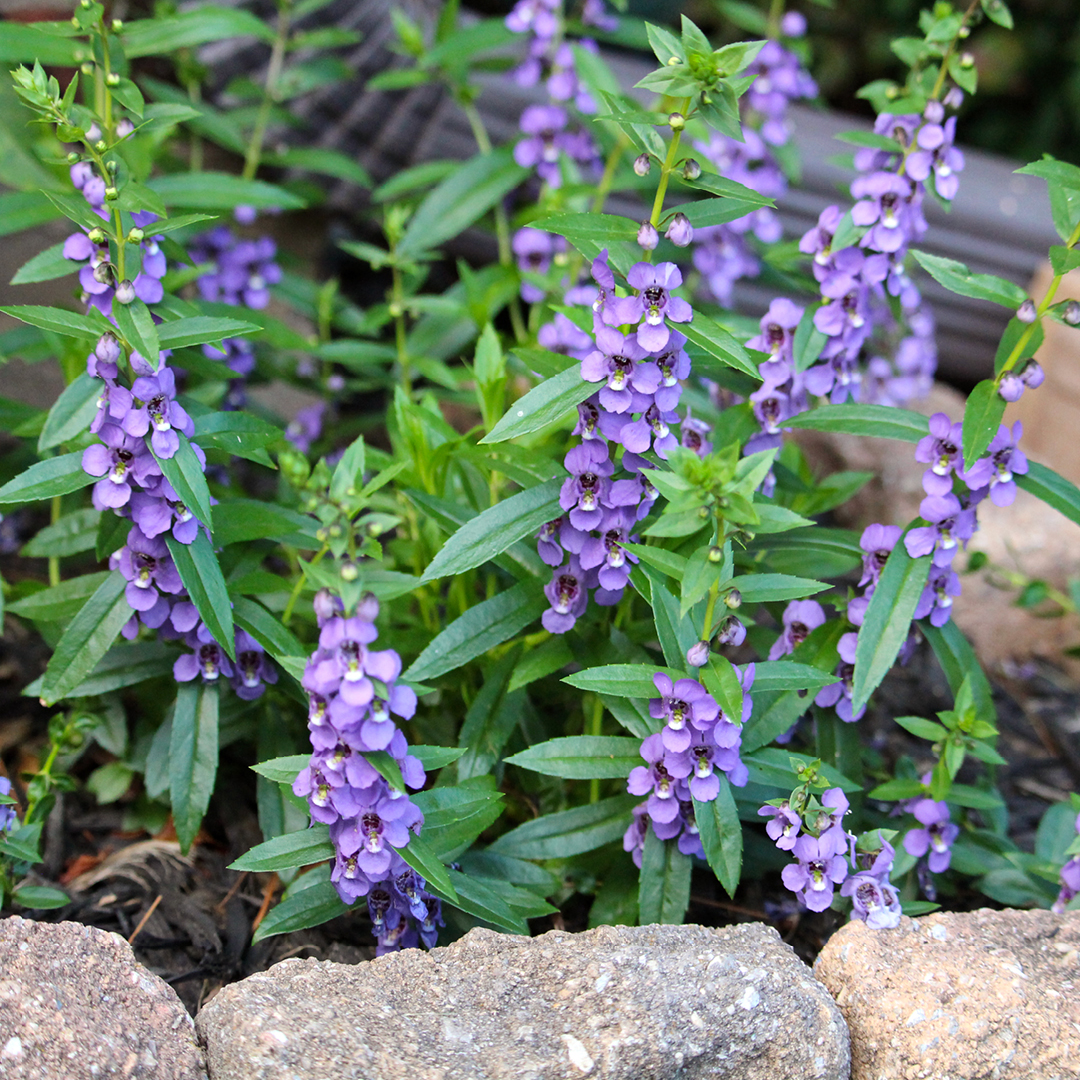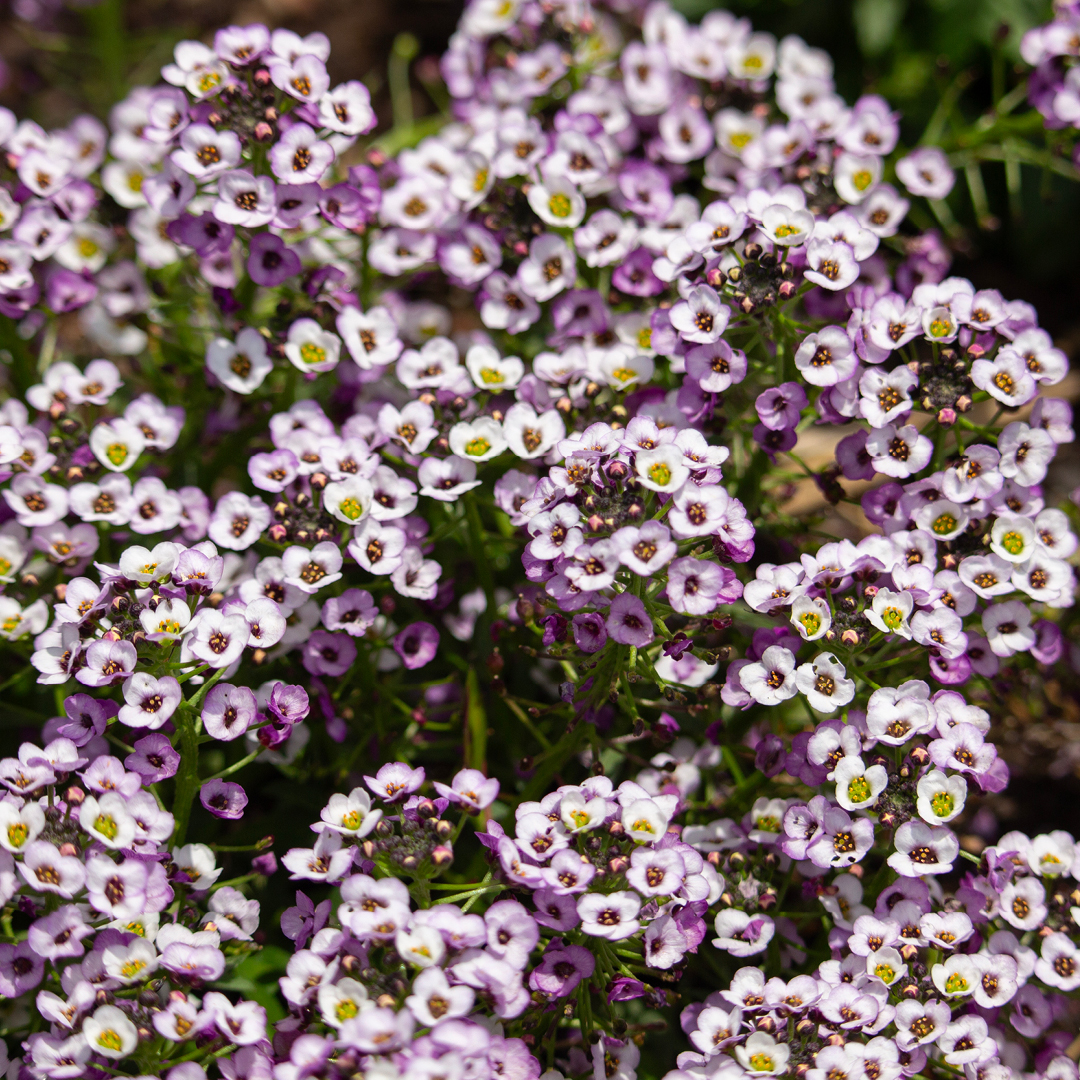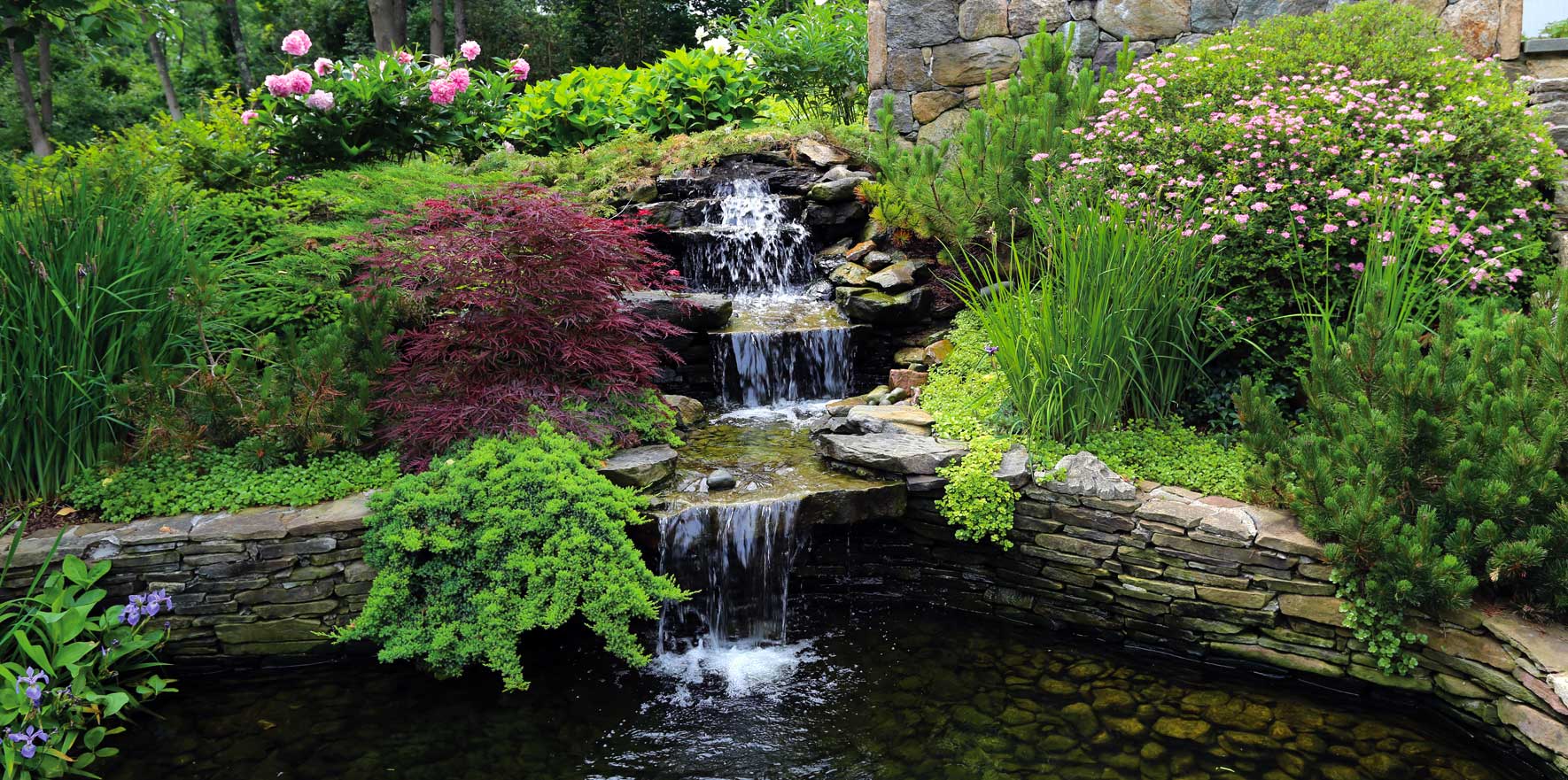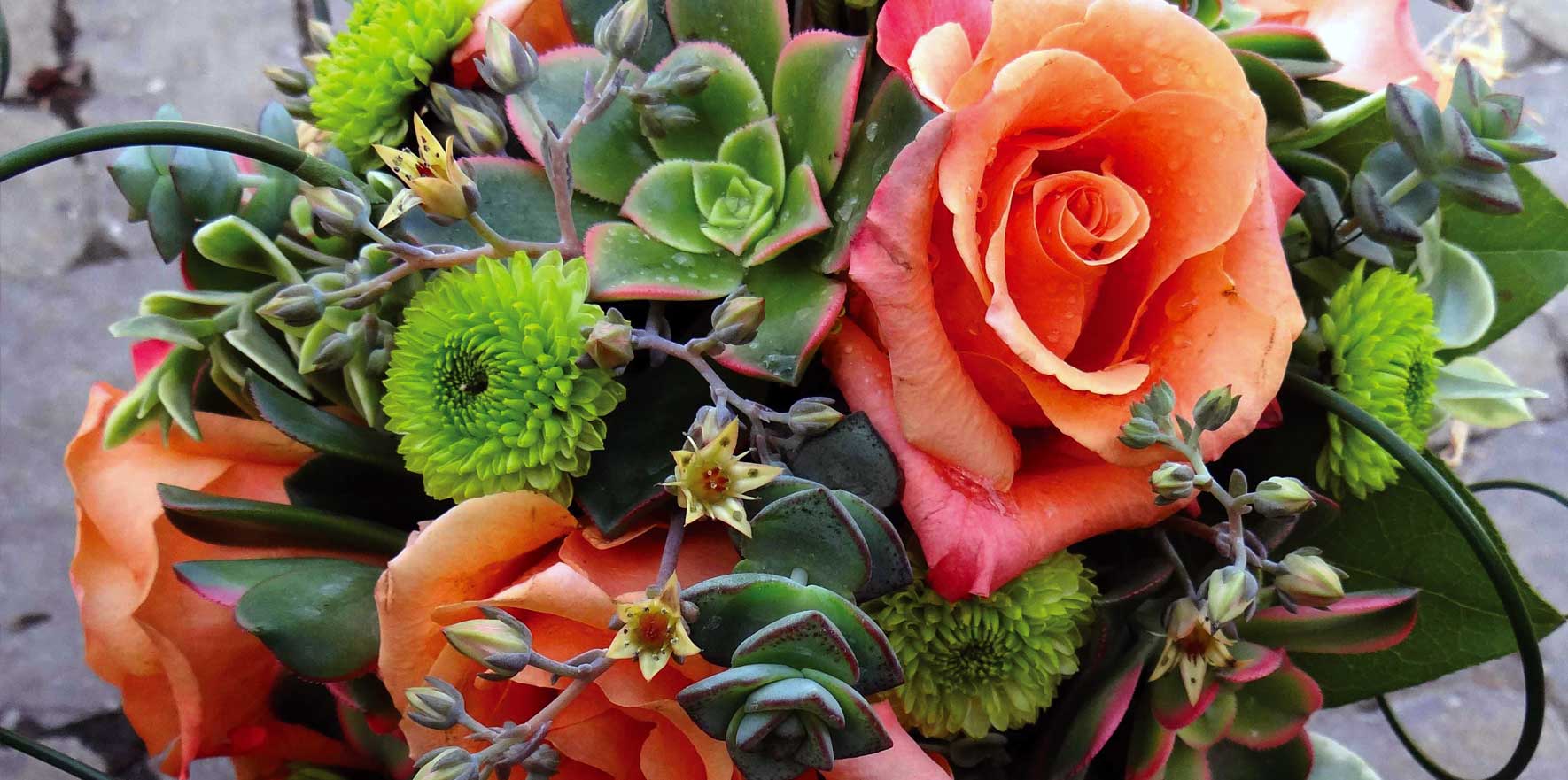Gardeners in deer-prone areas face the frustration of watching their carefully cultivated flowers become an all-you-can-eat buffet. Fortunately, many annual plants are naturally deer-resistant, offering beauty without becoming a snack.
Let’s dig in!
Deer-Resistant vs. Deer-Proof Plants
To manage expectations and make the best plant selections for your garden, it’s important to understand the difference between “deer-resistant” and “deer-proof” plants.
- Deer-Resistant Plants: Deer typically avoid these due to their pungent scents, unappealing textures, or toxicity. However, “deer-resistant” does not mean “deer-proof.” During difficult times, hungry deer may still nibble on these plants out of desperation.
- Deer-Proof Plants: Deer will not eat, regardless of conditions. Unfortunately, there are no annual plants that can be considered genuinely deer-proof. The adaptable and opportunistic nature of deer means no annual plant is entirely safe from hungry deer.
Conditions that make protection necessary are:
- Seasonal Deer Life Stages: Deer feed most heavily in the spring and summer. This is because their seasonal life stages require extra calories, such as pregnant and nursing does and young bucks growing antlers.
- Seasonal Scarcity:During late winter or early spring, when natural forage is limited, deer are more likely to eat plants they would typically avoid.
- High Deer Populations:In areas with overpopulation, competition for food drives deer to consume less preferred plants.
- Drought:When water and vegetation are scarce, deer may browse any available greenery.
- New Plantings:Recently planted annuals, or those with tender new growth, attract deer, even if the mature plant is less appealing.
- Young Deer:Fawns often explore a variety of plants as they learn what is edible and what is not.
Deer-Resistant Annuals
Annuals are some of the easiest plants to grow. They provide color from spring to frost in most areas of the US and potentially year-round in the warmest parts of the country. This is great news for gardeners who love growing this diversified group yet live in deer-prone areas. There is a long list of deer-resistant annuals, most of which prefer full sun, with a smaller selection of shade-loving ones.
Full Sun
- Ageratum (Ageratum houstonianum): Soft, fluffy flowers in shades of blue, white, and pink.
- Angelonia (Angelonia angustifolia): Upright spikes of snapdragon-like blooms in various colors.
- Black-Eyed Susan (Rudbeckia hirta): Golden-yellow petals with dark centers.
- Calendula (Calendula officinalis): Cheerful daisy-like flowers in shades of orange and yellow.
- Canna Lilies (Canna spp.): Bold foliage and tropical flowers in red, orange, yellow, or pink.
- Cleome (Cleome hassleriana): Spider-like flowers in pink, white, or purple with spiny stems.
- Cosmos (Cosmos spp.): Delicate, daisy-like flowers in shades of pink, red, bright yellow, orange, and white.
- Dusty Miller (Senecio cineraria): Silvery, fuzzy foliage that adds texture.
- Flowering Tobacco (Nicotiana alata): Fragrant, tubular blooms in shades of white, pink, and red.
- Gazania (Gazania rigens): Daisy-like flowers in vivid shades of yellow, orange, and red.
- Globe Amaranth (Gomphrena globosa): Round, clover-like blooms in purple, pink, orange, red, and white.
- Lantana (Lantana camara): Clusters of small, brightly colored flowers that attract pollinators.
- Love-in-a-Mist (Nigella damascena): Unique, airy flowers in blue, white, or pink surrounded by lacy foliage.
- Marigolds (Tagetes spp.): Bright yellow, orange, and red blooms with a strong scent.
- Salvia (Salvia spp.): Upright flower spikes in shades of red, purple, and blue.
- Snapdragons (Antirrhinum majus): Tall spikes of flowers in a range of colors.
- Verbena (Verbena spp.): Clusters of small, brightly colored flowers in purple, pink, and red.
- Zinnias (Zinnia spp.): Vibrant, daisy-like flowers in almost every color.
Partial Shade to Shade
- Begonia (Begonia spp.): Waxy leaves and blooms in red, pink, white, or yellow.
- Caladium (Caladium spp.): Large, colorful foliage in shades of green, pink, and white.
- Persian Shield (Strobilanthes dyerianus): Striking, metallic purple foliage.
- Sweet Alyssum (Lobularia maritima): Low-growing plants with fragrant clusters of tiny white, purple, or pink flowers.
- Wishbone Flower (Torenia fournieri): Small trumpet-shaped flowers in purple, blue, and white.
Protecting Annual Plants
All annuals, even deer-resistant ones, even though they are not the favorite fodder of foraging deer, will require protection. This protection can come in the form of repellent techniques and products as well as planting strategies.
In the Garden
- Use Repellents:
Spray plants with commercial or homemade repellents. Reapply after rain or heavy watering. - Install Barriers:
Use deer netting or fencing around vulnerable beds. Position taller, deer-resistant plants around the edges of your garden or yard to create a natural barrier. - Apply Predator Urine:
Urine from deer predators like coyotes and wolves will mimic a threat to deer. - Incorporate Mixed Plantings:
Interplant highly aromatic, deer-resistant plants with more susceptible ones to confuse deer. - Employ Scare Techniques:
Consider adding motion detector lights and sprinklers to frighten off deer. A loud dog will work as well.
In Containers:
- Choose Elevated Locations:
Place containers on porches, decks, or patios, which are less accessible to deer. - Use Deer-Resistant Companion Plants:
Combine vulnerable plants with deer-resistant varieties in the same container. - Protect with Covers:
Drape lightweight netting to shield container plants during peak browsing times. - Move Containers as Needed:
If deer pressure worsens, move pots to a secure area, such as a garage or screened porch. Plant coasters make this method easier.
Deer-resistant annual plants can help you enjoy a vibrant, low-maintenance garden even in high-pressure areas. By understanding the limitations of deer resistance, combining strategic plant selection with protective measures, and recognizing the conditions that influence deer browsing, you can create a landscape that balances beauty and resilience. Whether planting in garden beds or containers, the right choices and tactics will keep your flowers flourishing and your frustration at bay.
